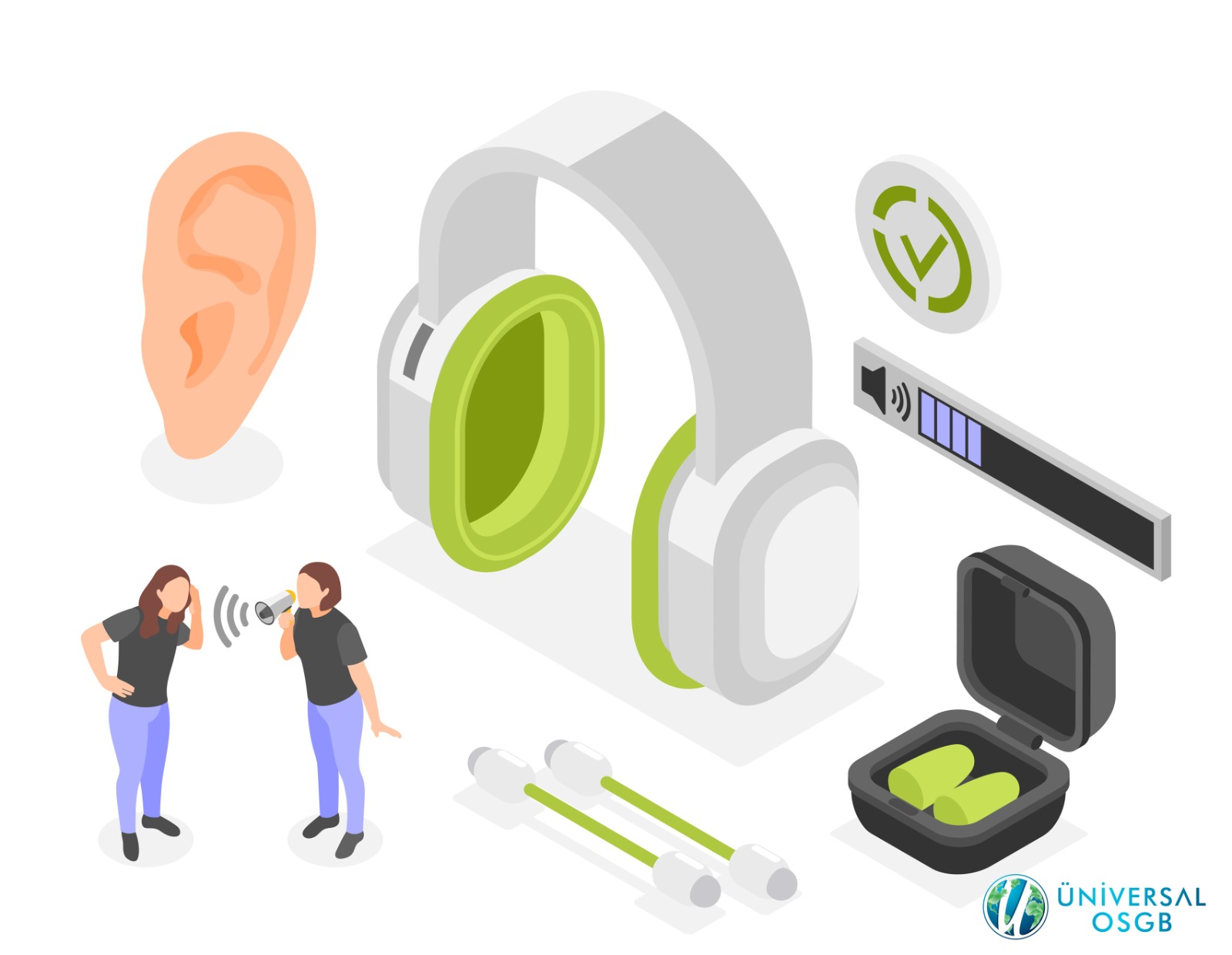
What Should Be Considered in Terms of Occupational Safety for Employees With Hearing Loss
Hearing loss can affect how employees work safely and effectively at work. Since this situation directly concerns both employee health and occupational safety, it is important to take special measures to support employees with hearing loss. Below you can find detailed information about the precautions that can be taken for employees with hearing loss and the issues that need to be considered.
Occupational Safety and Needs of Employees with Hearing Loss
Security Measures
Visual Warning Systems: Visual warning systems should be used instead of or next to audio warning systems for employees with hearing loss. Visual stimuli such as warning lights, flashing signs allow them to notice dangerous situations more easily.
Vibrating Devices: Equipment such as vibrating wristbands or collar devices can be used for hearing impaired employees to detect warning and alarm systems. These devices are very useful, especially in high-risk business environments.
Visual Orientation Signs: Marking certain areas in the workplace and clearly displaying direction signs allows employees to move safely. For example, direction signs marking emergency exits are of great importance for safe exit in emergency situations.
Communication and Cooperation
Regulation of Communication Channels: It is important to use clear and effective channels in communication with employees with hearing loss. For example, important information can be shared in writing or with visual presentations.
Education and Awareness: All employees at the workplace should be given trainings on how to better communicate with colleagues with hearing loss and supportive behaviors. Small details such as simple gestures, clear mouth movements when talking in face-to-face communication greatly facilitate communication.
Written and Visual Communication Tools: The active use of written and visual communication tools such as bulletin boards, e-mail notifications or display panels allows employees with hearing loss to better follow the developments at work.
Regulation of the Working Environment
Quiet and Isolated Areas: It may be useful to create certain quiet areas for employees with hearing loss. This helps employees to do tasks that require attention more safely.
Appropriate Arrangements in Meetings: Arrangements should be made in meetings that employees with hearing loss can hear or easily follow. Speakers should be seated so that employees can see their faces, and supports such as using hearing aids or sharing written notes should be offered during meetings.
Technological Supports
Hearing Aids and Supportive Technologies: Supportive technologies such as hearing aids or headphones can be provided for employees with hearing loss. Some hearing aids help to better detect sounds in noisy environments and improve the safety of people with hearing loss.
Special Applications for the Hearing Impaired: Mobile applications or desktop software that convert audio alerts into visual or vibrational alerts can help employees with hearing loss adapt to communication and safety processes at work.
Psychosocial Support and Awareness
A Supportive Work Environment: Employees with hearing loss should feel supported at work. The fact that colleagues show a sensitive and understanding attitude keeps the morale of employees high and increases business motivation.
Providing Regular Feedback: Regular feedback meetings should be held for employees with hearing loss about the difficulties they face at work. These meetings are important for sharing improvement suggestions and providing a safer working environment.
Additional Recommendations For Employees With Hearing Loss
Periodic Hearing Tests: Regular hearing tests should be performed to monitor changes in the hearing levels of employees with hearing loss. These tests allow the provision of devices and support according to the needs of employees.
Ergonomic Support and Orientation: Ergonomic support can be offered for employees with hearing loss to have a comfortable working environment. Providing a layout where employees can make eye contact makes communication easier.
Noise Management: Keeping the sound level under control in the workplace can reduce the difficulties experienced by employees with hearing loss while doing work. By reducing noise to a minimum, support can be offered to collect their attention and provide security.
The measures that employers will take to ensure the safety and efficient functioning of employees with hearing loss are of great importance. Creating a working environment sensitive to such special requirements at the workplace protects both employee health and increases work efficiency.
Üniversal OSGB
Occupational Safety and Worker Health Center


